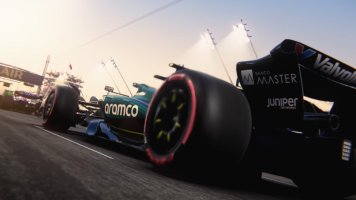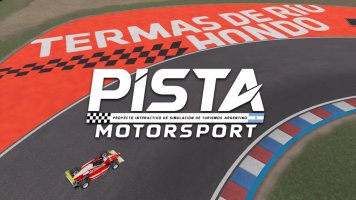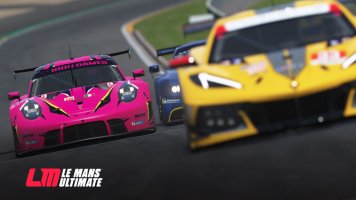Amazing explanation as always. So what is the best way to pick between the DK2 + and DK6? Does your system account for the issues of DK6 making it an easy choice? Is there a matrix that lists the games that shows which ones may be incompatible with, or not be ideal for, the DK6? Is the an ideal dk6 customer?1) Yes correct, most systems allocate, partition or shard a specific amount of travel per motion layer. This is probably the easiest method to implement motion from game to chassis.
2) Regarding game telemetry interpretation, this can be done in many ways, and its beyond the scope of this forum. There are many scientific papers online explaining motion cueing theories or how to best represent real-world displacement into actuators with a limited amount of travel. It's really a science and a deep topic.
3) From my experience, for most applications there is no need to go more than 6" if you have good motion cueing and smart allocation (algorithms). These advanced algorithms take a long time to develop and are also very difficult to market, without simply sitting in different systems and just feeling the difference. We try to explain our algorithms (our advantage) with technical articles on our website.
4) 6" systems present other problems as well, including their integration with certain games. Boosted media covered this issue well with a sway system they reviewed, which swayed them more than the vantage point in the car. It looked awkward moving around the cabin like that and they implemented a neat solution. Shorter travel systems, are therefore better at communicating the detail and the attitude of the car without throwing you around past the limits of the game, screen location and going down the rabbit hole of perfect integration. ;-) Cookie or Louise is awesome, love seeing her crush it in DR20. That was her first use of motion in that video, but you can see some discrepancies already (moving more than her over the hood view point). Stroke is easy to market as its something relatable to most but stroke and speed are definitely not everything and can be used as a distractions.
5) Not any one system can completely and fully achieve all intended 'effects'. Its really a compromise and also subjective or independent to each driver and person. At Sigma we understand and enjoy the technical/scientific challenge of motion simulation, and don't rely on 'effects' but smart algorithms that are more raw and give you what is being presented in the game with the discussed limitations. We put the onus on the game developer to give us the correct telemetry at the Hz or frequency necessary. Forza or Gran Turismo is probably never going to give us more than 60Hz physics, as almost any game from Codemasters. So for those games, using effects is great and fun, with some false positives that only dedicated drivers pick up on. Otherwise games like iRacing, rFactor, and BeamNG support our niche ecosystem quite well.
IOW, does the DK6 provide an added benefit over the DK2+ for environmental tipping (banking/up-down hill) and/or rally games? I ask because the more senses I feel on my rig, the less motion sickness I get in VR. So far, I can do VR in Automobilista 2, but not dirt rally 2 because in DR2, my brain can’t handle seeing me go up hill, but not feeling it.
Thanks!
Last edited:










